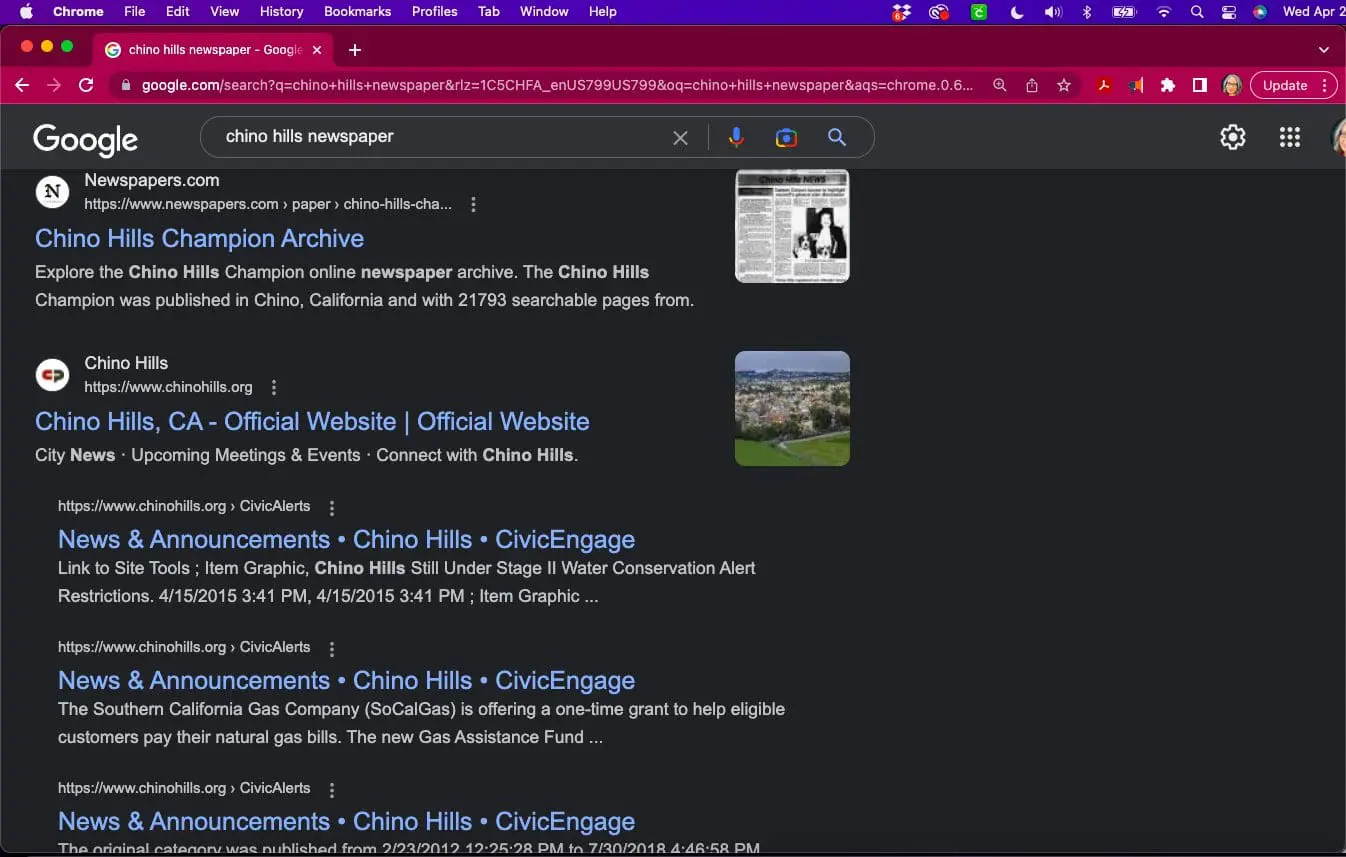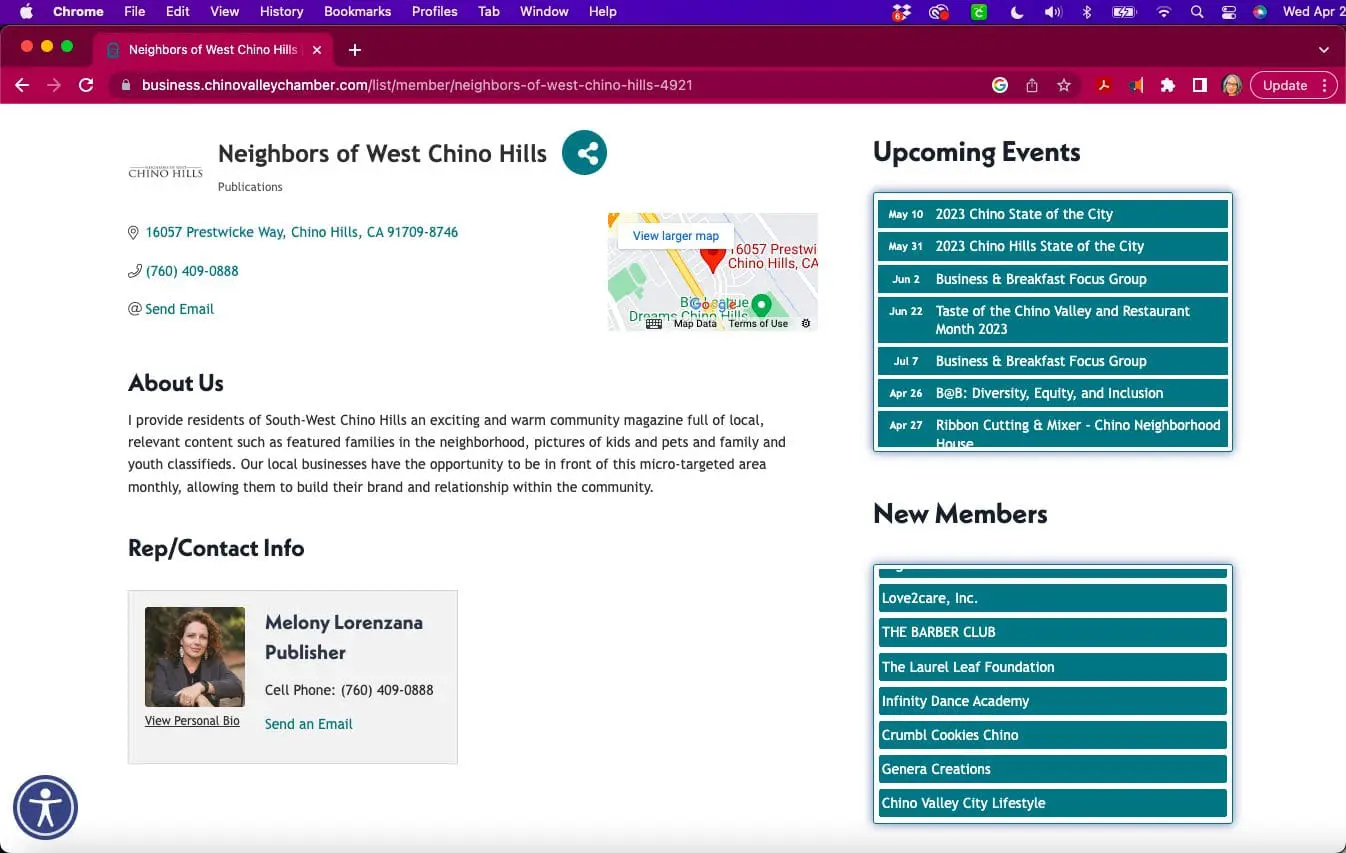When you’re growing a company, you sometimes have to think like a detective — constantly seeking clues and piecing together information to solve the mystery of how to maintain relationships with your current clients and customers while creating relationships with new ones. To that end, most companies rely on marketing and advertising to drive growth. Of course, marketing and advertising are important elements of business growth and success. But a not-so-secret additional element could take your business to the next level. Public relations.
Public relations (PR) can help SMBs, corporations, and enterprises grow by building brand visibility and reputation, bringing in new customers and business, impressing current and potential investors, and fostering community engagement and trust.
There is no one-size-fits-all solution for prioritizing PR, marketing, and advertising. Each company’s situation is unique. Not only that, the strategy that works for you today may not be the best strategy a year from now. To determine how to set your priorities, look at what you need, when you need it, and your available resources.
- Make PR your highest priority if you’re focused on building and maintaining your reputation and brand awareness, and strengthening your relationships with stakeholders (such as customers, investors, employees, and the media) over the long haul.
- Prioritize marketing if you’re focused on generating leads, driving sales, and tracking and analyzing target audiences, market trends, and competitors.
- Put advertising front and center if you want to drive sales and quickly build brand awareness.
How to start your public relations efforts
But how can you harness the power of PR to benefit your SMB? Keep reading for some great tips and tricks to get you started.
Imagine you’re on a quest to unlock the secret of engaging with journalists. The key question guiding your journey is, “Will the publication or journalist deem this information valuable for their readers?”
How can you know if your story will be valuable to a publication? Consider this – if you have a great human interest story about your solar backup battery saving a client’s life during a power outage, will that information be valuable to a publication focused on the pharmaceutical industry? Obviously not. To make sure your content is valuable to the journalists and publication editors you reach out to, seek out publications whose readers are people you want to connect with – your target customers.
Once you’ve identified your ideal publications, delve into your company news to uncover the stories that will provide value to the publication. Remember, they probably aren’t as thrilled by your launches, awards, or updates as you are. Examine your company through the journalist’s lens to identify news that will be like treasure to them. Journalists crave impactful, newsworthy stories that shake the status quo, fresh insights that spark new perspectives, and exclusive scoops that allow them to blaze the trail in reporting.
By navigating these steps with finesse, you’ll become a valuable resource to journalists and forge connections with your audience, inspiring engagement, conversation, and sharing.
Build a local media list and reach out to reporters
Build a media list without professional tools. Sure, PR tools are handy, but when you’re on a budget, a little Googling can do wonders. Spend some time researching relevant media contacts in your industry, such as local and regional publications and digital publications. Be aware that there is a lot of turnover in the media, so keep your list updated to ensure a smooth PR ride.
What does it mean to research relevant media contacts? Suppose you own a boutique law firm in Chino Hills, Calif., and want to build your reputation in the area. You might start with “Chino Hills newspaper” as your search keywords.
Through that, you discover “Chino Champion,” “Chino Valley News,” and “Neighbors of Chino Hills.” They’re all small publications with a microlocal focus. Maybe you’re disappointed that the publications aren’t bigger, but this is good news for SMBs just launching a public relations effort.
Smaller publications like these receive fewer submissions than larger publications. It’s easier for an SMB owner to make a connection. On top of that, because local publications have small staffs, it’s also easier to connect with the right person. Some publications are so small that there’s only one person to contact.
There’s a chance — a big one! — that your first press release won’t get you any press. But if you start building relationships with news editors at small publications, you’ll be on their minds during slow news weeks. Through these relationships, you’ll learn what’s important to them and they’ll probably help you home in on what’s newsworthy about your business.
“Local media placements can be the stepping stones to national recognition,” says Greg Severin, Alaniz Marketing’s Senior PR Consultant. “Forging connections with journalists in your community can lead to more significant opportunities down the line.”
If you do decide to expand your PR efforts to include PR tools, check out this article about 11 DIY public relations solutions SMBs can use for some great suggestions.
Create an online newsroom for your business
Journalists are stretched thin and frayed. Any shortcuts that make their jobs easier are appreciated. Make it simple for them to find information about your business by creating an online newsroom. Include past news releases, executive profiles, and media-friendly images. A well-designed online newsroom helps reporters quickly grasp what your company is all about. The WeTransfer and Writer.com newsrooms are great examples of how to structure a journalist-friendly resource.
While going solo can save you money, don’t be afraid to seek expert advice when needed. A PR pro can help refine your strategies, broaden your reach, and provide valuable insights. Consider what aspects of PR you’re doing well and where you need help. Then, strike a balance between DIY PR and professional backup.
How to craft a press release
Okay. You figured out what story you want to tell and who you want to share it with. Now what? Writing your first press release can be intimidating. Here, we share insider tips on crafting press releases that not only get read but also get published.
- Begin with a bang. A captivating headline is essential for your press release. Don’t rush this step; take time to brainstorm. Keep your headline brief, intriguing, and informative. Clearly convey the news value of your announcement, and remember: first impressions count.
- Tell a story. To keep journalists interested, present a compelling story in your press release. Rather than simply listing facts, weave them into a narrative highlighting your business’s unique perspective. This approach humanizes your brand, fostering connections with your audience.
- Keep it simple. Write your press release in plain English, avoiding jargon or industry-specific terms. Use short, concise sentences with an active voice, making your content more accessible and increasing the likelihood of journalists reading and sharing it.
- Get to the point. Since journalists are often pressed for time, ensure your press release is easy to skim. Give the most important information first, then additional details. Utilize subheadings, bullet points, and bold text to guide readers through the content.
- Add quotes for flavor. Incorporating quotes from key stakeholders, like company executives or satisfied customers, lends credibility to your press release. Select engaging and relevant quotes, avoiding unnecessary filler. Adding a human touch will make your press release more relatable and shareable.
- Finish strong. End your press release with a call-to-action (CTA) guiding journalists to your website or encouraging them to reach out for more information. Clearly display your contact information, making it easy to locate.
Make sure to be prepared for media interviews
Imagine you distributed a press release, and then you get a notification of a new email. A reporter responded! What next? Now it’s time to shine, and the best way to make it happen is for you (or your designated spokesperson) to do some interview prep. Follow these steps to make sure you’re ready for go time.
- If you’re serious about adding PR to your marketing mix, it’s worth investing in media training for your spokespeople to ensure they’re prepared for interviews. This effort will pay off in the form of polished, professional media interactions.
- If you’re not ready to invest in media training, practice mock interviews with your spokesperson to get ready for real ones.
- Equip your spokespeople with a media primer or tip sheet with potential questions, talking points, and background information on reporters and publications.
- Do your homework on the reporter and publication to tailor your approach and increase the chances of a successful interview.
- Being prepared is half the battle. It’s crucial to anticipate potential questions and have talking points ready.
Track the results of your PR efforts
So how’d you do? Tracking the impact of your PR initiatives without professional tools can be challenging but not impossible. And analyzing your results helps you figure out what you’re doing that’s working. Fortunately, with a little effort, you can access much of the same data found on expensive, professional platforms by using a couple of free tools from Google.
Google Analytics offers valuable data-driven insights, allowing you to make informed decisions and optimize your marketing strategies. Track essential PR metrics like engagement, traffic acquisition, events, conversions, and retention to boost your campaigns. Understanding what resonates with your audience will lead to more effective campaigns.
Google Search Console, on the other hand, helps you measure search traffic and performance while fixing potential issues. Keep an eye on important reports like search performance, index coverage, and accelerated mobile page status. You and your team can analyze performance reports and set up filters to evaluate your PR campaign’s success.
To learn more about how to set up Google Analytics and Google Search Console to measure the impact of your PR, check out this helpful how-to article from Idea Grove.
In case you haven’t heard the news, Google Universal Analytics (UA) will stop processing data on July 1, 2023. At that point, only Google Analytics 4 (GA4) will be available for data tracking. To effectively track your PR performance data, make sure to set up your GA4 account before July 1. We share more about how to switch from UA to GA4 in Google Analytics is Turning Marketing on Its Head with GA4.
PR is a marathon, not a sprint
Now that you have what you need to get started, “keep in mind that PR is a marathon, not a sprint,” notes Greg. “Building relationships, working with the media, and seeing the fruits of your labor takes time and dedication.” Prioritize your efforts based on your company’s needs, whether raising awareness, improving reputation, or launching a new product. With persistence and a strategic approach, your business can sail smoothly through the sea of PR, capturing the attention and respect of your target audience.





